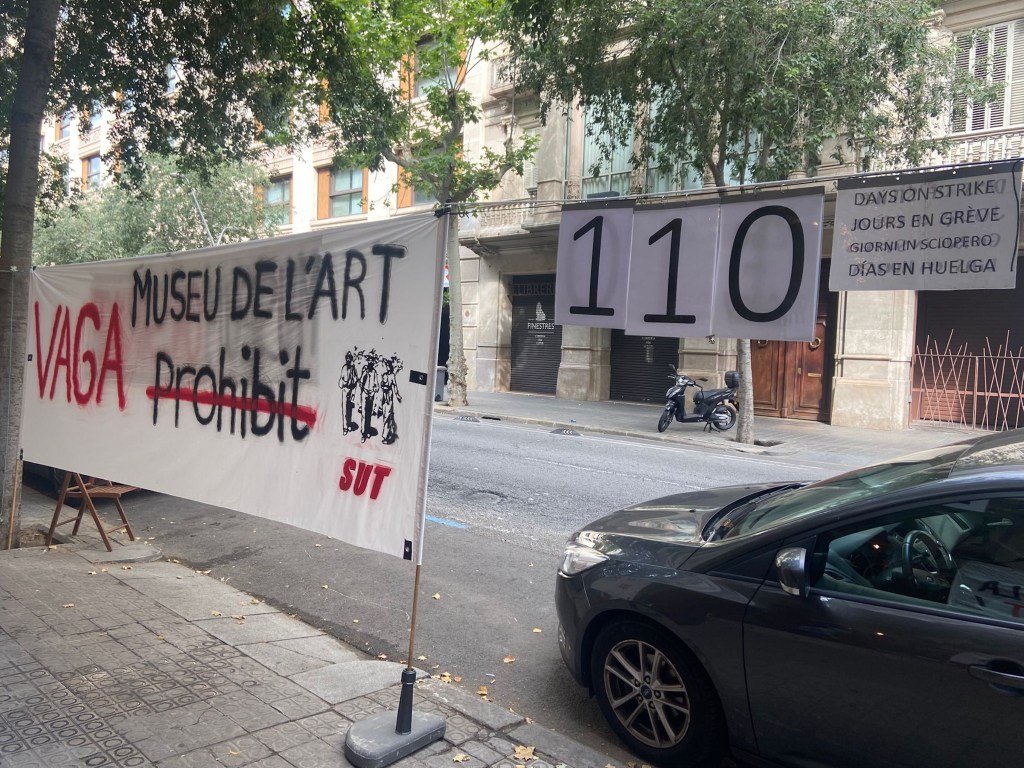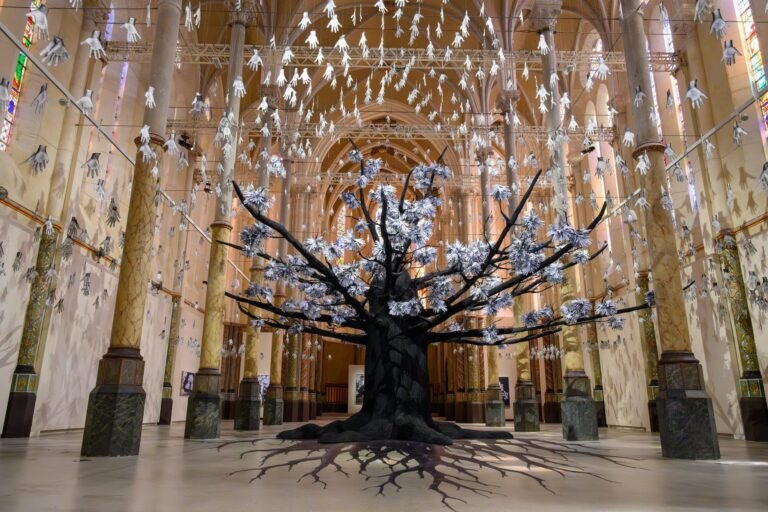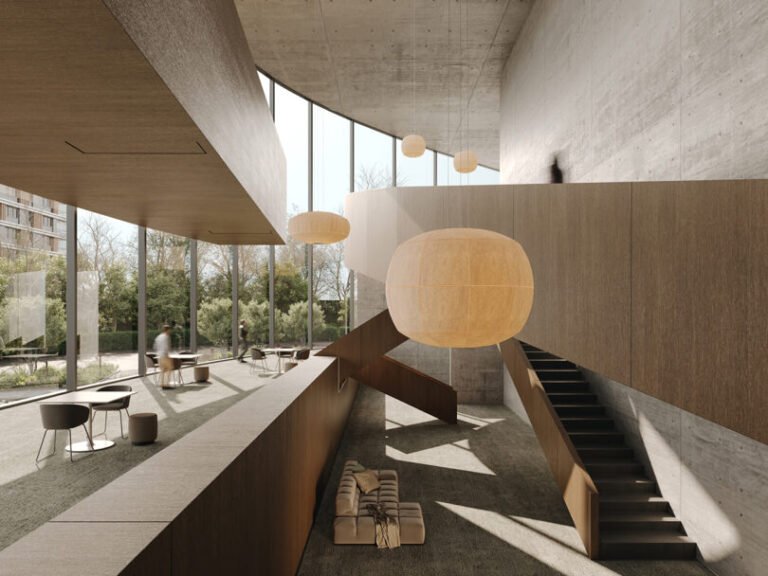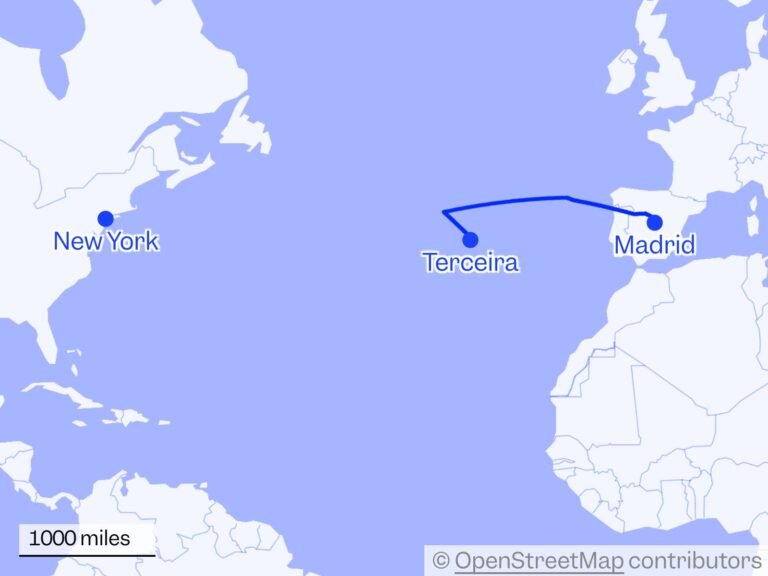

Barcelona’s Museu de l’Art Prohibit, which houses a collection of more than 200 artworks that have been censored or otherwise targeted for their content, has shuttered to the public for the foreseeable future following months-long labor protests.
The museum, which opened to the public less than two years ago, announced on June 27 that it was “forced to close its doors indefinitely,” citing “financial losses” attributed to a series of protests led by the Solidarity and Unity of Workers (SUT) union outside its building entrance. The picket actions have been ongoing since late February, following the Museu de l’Art Prohibit’s termination of its contract with Magmacultura, which employed seven visitor services workers.
In the last two decades, the SUT union has led dozens of labor protests at cultural institutions across Spain, including Museo Reina Sofía, Museo del Prado, and Museu Picasso Barcelona. The strike at Museu de l’Art Prohibit involved unionized workers at Magmacultura and two other subcontractors, Silicia and Palacios y Museos, who accused the museum of “precarious working conditions” due to an alleged lack of temperature control, seasonally appropriate work attire, and furniture for sitting during long work shifts.

The Museu de l’Art Prohibit has defended itself by saying that it has passed three labor inspections, attended two mediation sessions with unionized workers, and received “a favorable court ruling” proving it has not violated workers’ right to strike.
In a public statement shared with Hyperallergic, Museu de l’Art Prohibit claimed the museum recorded a 75% drop in revenue as a result of the pickets, anticipating losses of up to 95% compared to last year. A court record shows that, through April 19, the museum sold a total of 3,502 tickets — 39 of which were sold since the protests began on February 26 and the museum subsequently closed to the public from February 27 through March 11.
“What we have suffered is a boycott rather than the demands of a union,” Lidia Penelo, a museum spokesperson, told Hyperallergic. Penelo added that the institution is currently seeking to transform itself into a “nomadic museum with traveling exhibits,” and plans to tour Italy this fall.

The Museu de l’Art Prohibit houses dozens of artworks that have been attacked by repressive regimes, religious institutions, or socio-political groups, such as Fabián Cháirez’s gender-bending painting of Emiliano Zapata, “La Revolución” (2014); David Wojnarowicz’s film “A Fire in My Belly” (1986–87), which the Smithsonian’s National Portrait Gallery removed from view in 2010 in response to political pressure; and Gustav Klimt’s charcoal sketches for the destroyed ceiling work, “Floating Nude with Arms Outstretched [Study for ‘Medicine’]” (1897/1898). The museum was founded by Catalan business executive Tatxo Benet, whose personal art collection forms the basis of the institution’s holdings, with the aim of displaying objects that the public would otherwise not have the opportunity to see.
In its statement, the union alleged that the institution prioritizes protecting its collection over its staff. “Faced with a Museum of Prohibited Art that has become a caricature of itself, a mixture of hypocrisy and cynicism, the majority of visitors decided to stand in solidarity with the strikers and not enter a museum that peddles [one] narrative and has a completely contradictory attitude,” the union’s statement said.
Protesting workers have demanded improvements to work conditions, among other requests including increased staffing, appropriate breaks, and an end to temporary contracts.
“This situation is common in many workplaces, where workers are treated as less than mere objects,” an SUT representative told Hyperallergic.






